-
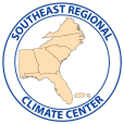
The latest summary of climate conditions for Spring 2018 is now available from the Southeast Regional Climate Center. You can read it at https://www.sercc.com/SoutheastRegionQuarterlyReportSpring2018.pdf.
Posted in: Climate summaries -
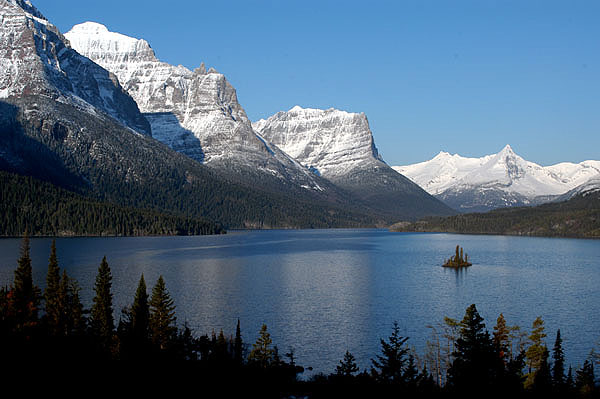
Are you ready for a vacation? I am! While some meteorologists plan their vacations around storm-chasing in the Great Plains, I prefer to pick locations with good scenery and friends to share it with. When I was a kid, my family drove across the northern US to visit friends in Alberta and see the Northern…
Posted in: Climate and Ag in the news -
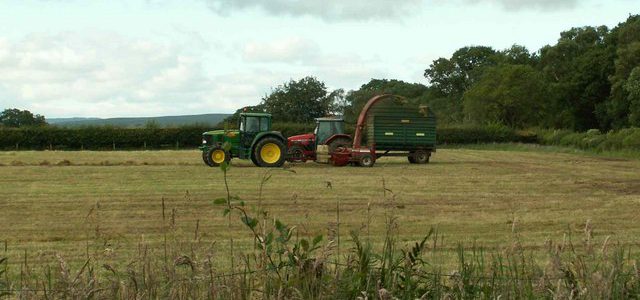
The National Farmers Union posted an interesting story last week about a new set of tools that can help farmers plan for changes in climate. The set of tools developed by Oregon State University include “AgBiz Logic, a tool to help farmers anticipate environmental impacts in the business decision making processes, down to the farm level.…
-

Commercial oystering in the Southeast has been around for a long time, and most states have a big industry in producing oysters. But in Georgia, only about 32,000 pounds of oysters were produced in 2016. Why? Because unlike other Southeastern states, Georgia does not allow commercially farmed oysters. All catches must be made from wild…
-
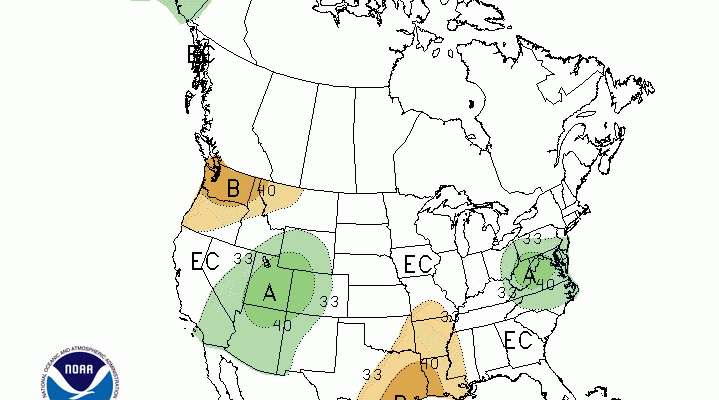
NOAA’s Climate Prediction Center released their latest round of climate predictions late last week. You can always find them at https://www.cpc.noaa.gov too. The outlooks show that for July, there are equal chances of near, below and above normal precipitation across the Southeast, with most of the region falling into the same EC category for temperature.…
-
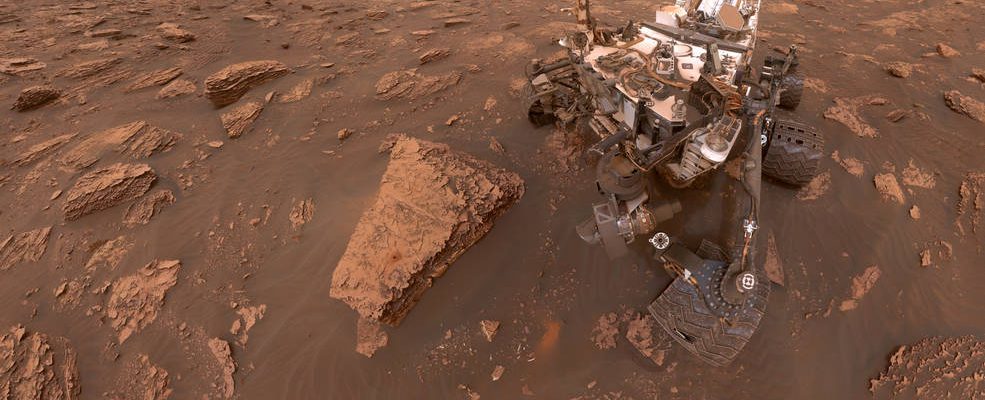
While weather on other planets is not going to affect agriculture here in the Southeast, the stories about new research results can be very interesting. Here are a few stories about the weather on Mars and Venus. Popular Mechanics: The Winds on Venus Blow Hard Enough to Shorten the Day NASA: Martian Dust Storm Grows…
-
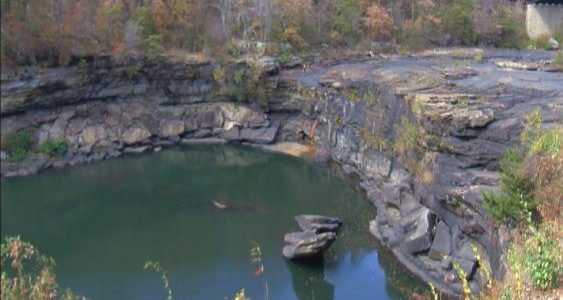
In this week’s look at the Georgia Climate Project Roadmap, we highlight the first question about water supplies in Georgia. It’s an especially timely topic this week as the US Supreme Court is due to release its opinions in the Georgia-Florida “water wars” case in the next few days. Many folks around the region are…